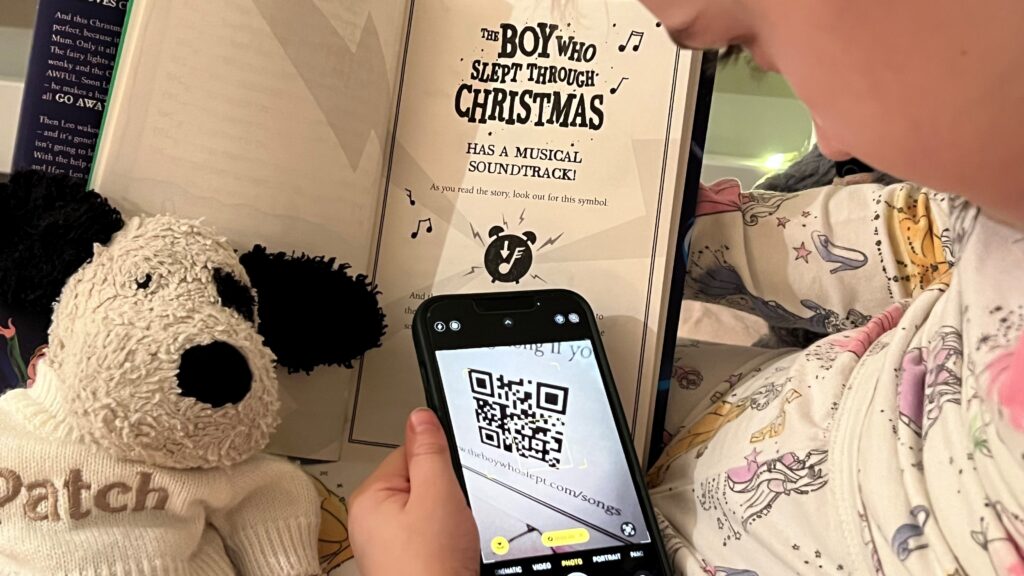I was recently listening to an interview with Matt Lucas about ‘The Boy Who Slept Through Christmas’, his new interactive ‘musical novel’, which features songs he’s written and recorded especially. It follows the story of a boy who is trying to save Christmas and as children read the book they scan QR codes to sing-along as they read through. I hadn’t really thought about musical books before, but it struck me that this is a great way to keep children’s interest in physical books, especially with such fierce competition from tablets, smartphones and games consoles.
I know from reading stories with my nieces and godchildren that books are a brilliant way of getting children to learn or even wind down before bed. They love the one-on-one time where they have your full attention – not always easy with the busy lives we all lead. While it’s quite easy to occupy young children with a printed book, it can be trickier to hold older children’s attention, with many preferring electronic alternatives. However, many parents are now mindful of limiting screen time due to over-stimulation with TV, online games etc. Interactive books could be a good way of bridging that gap, encouraging reading, but also bringing that extra element to keep them engaged. It’s quite simple; QR codes are included on the page, which the reader then scans with a smartphone or tablet to open a web page, where they can then access songs, video content or games for learning and fun.
Interactive books aren’t a brand-new concept. My parents’ generation had books paired with vinyl records so they could read along at the same time, and I myself remember listening along with Disney cassette tapes.
The modern version using QR codes to access online content provides more options for young readers to engage with and makes it that bit easier and more enjoyable. ‘Gamebooks’, where the reader participates in the story by choosing different narratives are now also making a comeback, as digital advances make it even easier for multiple story options to be created.
While planning my Christmas gifts, I was intrigued to see how interactivity enabled by QR codes is also influencing other types of traditional family entertainment, like board games. A murder mystery game, ‘Chronicles of Crime’, caught my eye, because it includes QR codes that you scan with an app to really bring it to life.
And as I’ve just spent the Christmas holidays in Canada playing games with my multi-generational family, it got us all wondering how we could sustain the friendly rivalry once we’re all back on different continents again. We found one quiz game where you don’t even have to scan a QR code, but you download an app to play remotely (it’s called ‘Outsmarted’ if you want to look it up) which should keep us going until our next family reunion!
QR codes are used in a range of ways to move us seamlessly from physical media like books, menus, magazines and posters to online content and transactions. While their widespread adoption was fuelled by the hygiene considerations of the COVID pandemic, they’re now used in a whole variety of commercial settings and in more creative ways, opening up vast possibilities for interactivity in books and games and adding amazing new dimensions to centuries-old content formats. Blending traditional content with new media is creating experiences for all generations to interact with and helping breathe new life into analogue entertainment.
